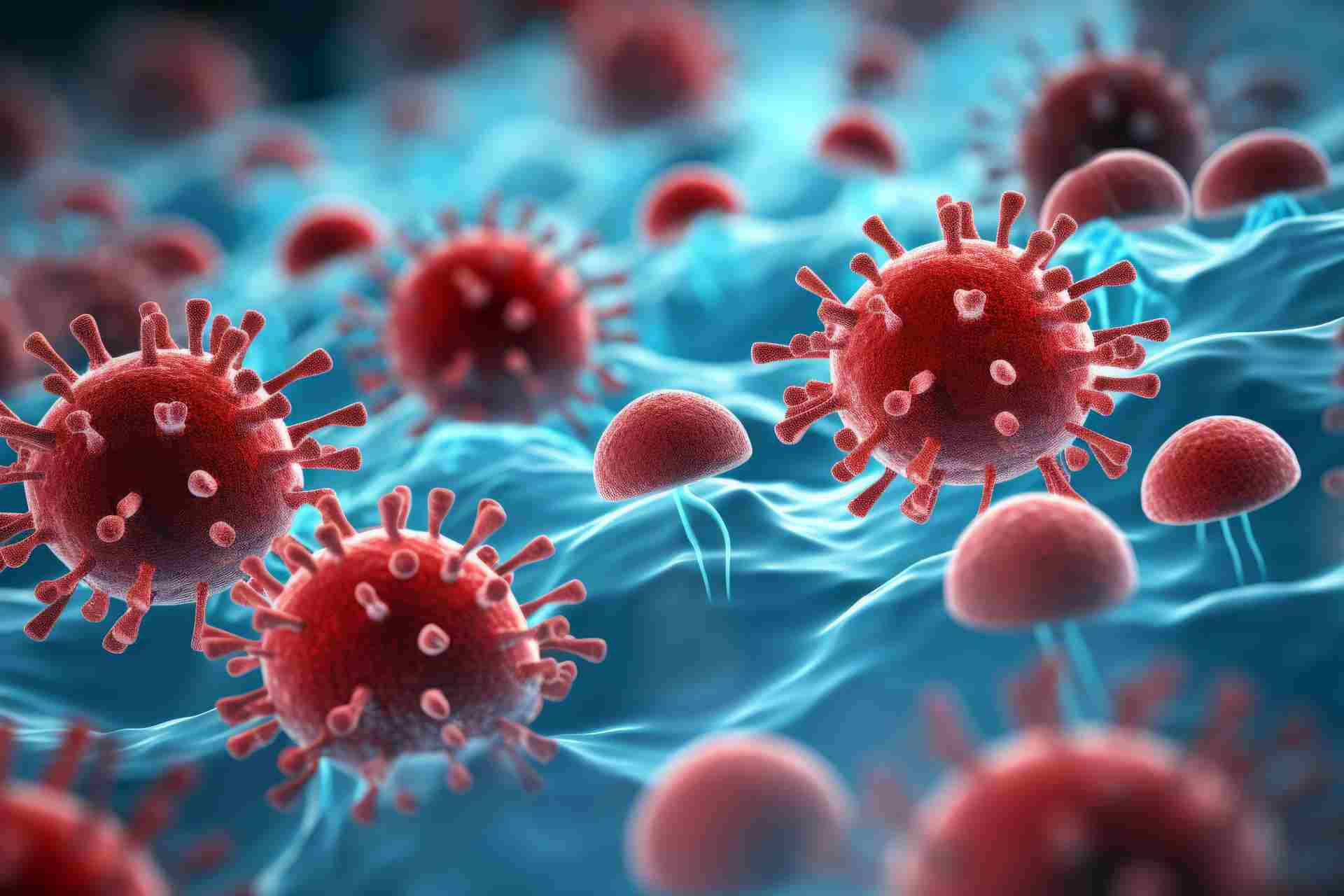What is already known
Infection with the SARS-CoV-2 virus, which causes COVID-19, can have variable clinical manifestations — from asymptomatic cases to severe pneumonia and death. Age, gender, obesity and other factors associate with disease severity, but what exactly determines the outcome of SARS-CoV-2 infection is still unclear.
What this research adds
Researchers characterized the microbiota of the upper airways of 192 people infected with SARS-CoV-2. Ornithinimicrobium bacteria were more abundant in patients who developed severe pneumonia or needed intubation — a procedure used when a person can’t breathe on their own. Ornithinimicrobium pekingense, Jonquetella anthropi and a species of the genus Enterococcus were more abundant in people undergoing intubation.
Conclusions
The findings suggest that, during SARS-CoV-2 infection, some bacteria in the upper airways’ microbiota may be associated with a person’s disease progression to intubation.
The outbreak of COVID-19, caused by SARS-CoV-2, has led to millions of deaths worldwide, but biomarkers of disease progression are lacking. Now a study suggests that, during SARS-CoV-2 infection, some bacteria in the upper airways’ microbiota may be associated with a person’s disease progression to intubation.
The findings, published in Scientific Reports, indicate that a few bacterial groups could drive dysbiosis among SARS-CoV-2 patients toward a severe outcome.
Infections with the SARS-CoV-2 virus can have variable clinical manifestations — from asymptomatic cases to severe pneumonia and death. Age, gender, obesity and other factors associate with disease severity, but what exactly determines the outcome of SARS-CoV-2 infection is still unclear.
“Overall, despite a large number of studies, only a few consistent associations between the nasopharyngeal microbiome and COVID-19 severity, symptoms, or outcome are present in the vast COVID-19 literature,” the researchers say. So, the team — led by Massimo Bellato at the University of Padova — analyzed the microbiota of the upper respiratory tract of 194 people infected with SARS-CoV-2.
Airways microbiota
The researchers grouped patients based on the presence of symptoms, pneumonia severity, and need for oxygen therapy or intubation — a procedure used when a person can’t breathe on their own. The team also assessed the upper airways’ microbiota of the patients in terms of microbial diversity and differential abundance of bacterial species.
Patients who had symptoms showed similar numbers and abundances of bacterial groups in their upper airways’ microbiota, as did people without symptoms. However, microbial diversity did not differ between samples of symptomatic and asymptomatic individuals, the researchers found.
“Taken together these results demonstrate that, at diagnosis, there are no hints, in terms of overall bacterial composition, about the future development of the disease,” the researchers say. “Although no global differences in bacterial diversity within the sample have been detected, this does not exclude the existence of differential abundance of individual taxa in different groups.”
Disease biomarkers
Next, the researchers carried out analyses to identify microbes associated with different symptom development. They found that Ornithinimicrobium bacteria were more abundant in patients who developed severe pneumonia or needed intubation. Ornithinimicrobium pekingense, Jonquetella anthropi and a species of the genus Enterococcus were more abundant in people undergoing intubation.
Previous research has detected Ornithinimicrobium among the dominant bacteria in aerosols from COVID-19 patients, and the microbe is differentially abundant between controls and infants that go on to develop lower respiratory tract infections. Jonquetella has been associated with teeth infections and a lung disease called chronic obstructive pulmonary disease. Enterococcus, in particular E. faecalis, causes bloodstream infection in critically ill patients with COVID-19.
The results suggest that some bacteria of the upper respiratory tract’s microbiota could be used as biomarkers of disease symptoms, but more work is needed to strengthen this conclusion. “A complete benchmarking of network inference methods is needed to verify which is the best tool and pipeline to maximize the analysis reliability,” the researchers say.











